Master Dry vs. Moist Heat Cooking Differences Today
Have you ever wondered why some dishes come out with a wonderfully crisp, golden exterior while others remain soft, tender, and juicy inside? The secret lies in the cooking method used. In this article, we explore dry heat vs. moist heat cooking differences—two fundamental techniques that can make or break a recipe. Whether you’re a novice home cook or someone who enjoys experimenting in the kitchen, understanding these methods will help you choose the right technique for your ingredients and desired outcome.
By the end of this guide, you’ll have a clear understanding of how each method works, when to use them, and the advantages and disadvantages of each. Let’s get started on this culinary journey!
Table of Contents
Understanding Dry Heat Cooking
What is Dry Heat Cooking?
Dry heat cooking is all about using heat without added moisture. This method employs hot air, fat, or direct contact with a hot surface to cook food. The process is known for its ability to produce browning on food, thanks to the Maillard reaction—a chemical process that develops complex flavors and a delightful crust.
Common Dry Heat Methods
Here are some popular techniques that fall under dry heat cooking:
- Roasting and Baking:
These methods involve cooking food in an oven. Roasting typically refers to cooking meat and vegetables at high temperatures, while baking is used for bread, pastries, and other baked goods. Both methods rely on convection heat to cook food evenly. - Grilling and Broiling:
When you grill, food is cooked over direct heat from charcoal, gas, or wood. Broiling, on the other hand, exposes food to high heat from above. Both techniques help achieve a charred, caramelized exterior that many people love. - Sautéing and Pan Frying:
Sautéing is a quick cooking method done in a shallow pan with a small amount of oil, perfect for vegetables and small pieces of meat. Pan frying involves cooking food in a slightly larger amount of oil, ensuring an even, crispy surface.
Key Characteristics of Dry Heat Cooking
- High Temperatures:
Dry heat methods generally use high temperatures to quickly brown and crisp food. - Flavor Development:
The Maillard reaction, which occurs at high temperatures, is responsible for the rich, complex flavors developed during dry heat cooking. - Texture:
These techniques create a crunchy or caramelized exterior while retaining a drier, sometimes firmer interior.
Foods Suited for Dry Heat Cooking
- Meats:
Steaks, chicken breasts, and pork chops are often best when seared or roasted to create a flavorful crust. - Vegetables:
Root vegetables such as potatoes, carrots, and parsnips roast beautifully, developing a sweet, concentrated flavor. - Baked Goods:
Bread, cakes, and pastries rely on dry heat to rise and form a delicious, crumbly texture.

Dry Heat Cooking Methods Overview
| Method | Heat Source | Typical Temperature Range | Ideal For |
|---|---|---|---|
| Roasting/Baking | Oven (convection) | 300°F – 450°F | Meats, vegetables, baked goods |
| Grilling/Broiling | Direct flame/radiant heat | 400°F – 500°F+ | Steaks, fish, vegetables |
| Sautéing/Pan Frying | Hot pan with oil | Medium-high heat | Small cuts of meat, vegetables |
Understanding Moist Heat Cooking
What is Moist Heat Cooking?
Moist heat cooking uses water, steam, or other liquids to transfer heat to food. This gentle cooking process helps retain moisture and tenderize ingredients, making it ideal for dishes where softness and juiciness are key.
Common Moist Heat Methods
Let’s look at some of the most common moist heat cooking techniques:
- Boiling:
In boiling, food is completely immersed in water that is heated until it reaches its boiling point (212°F). This method is great for pasta, eggs, and root vegetables. - Simmering:
Similar to boiling but at a slightly lower temperature, simmering allows food to cook slowly in liquid without vigorous bubbling. This is perfect for soups, stews, and sauces. - Steaming:
Steaming cooks food by exposing it to steam. This method is known for preserving nutrients and maintaining the natural color and texture of vegetables, fish, and even dumplings. - Poaching:
Poaching involves cooking delicate foods like eggs, fish, or fruit in liquid at a low temperature (usually between 160°F and 180°F), ensuring they remain tender and moist. - Braising and Stewing:
Both techniques start by searing the food to develop flavor, then slowly cooking it in a small amount of liquid. Braising is typically used for larger cuts of meat, while stewing involves smaller, bite-sized pieces.
Key Characteristics of Moist Heat Cooking
- Lower Cooking Temperatures:
Moist heat methods use lower temperatures compared to dry heat, which helps preserve moisture and prevent overcooking. - Moisture Retention:
The presence of liquid ensures that food remains juicy and tender, even during long cooking times. - Flavor Infusion:
Cooking in liquid can infuse food with the flavors of herbs, spices, and other aromatics that are added to the pot.
Foods Suited for Moist Heat Cooking
- Tougher Cuts of Meat:
Braising and stewing are perfect for cuts that require long, slow cooking to break down tough fibers. - Delicate Proteins:
Poaching is ideal for fish and eggs, ensuring they are cooked gently without becoming dry. - Vegetables and Legumes:
Boiling, steaming, and simmering help vegetables and legumes retain their natural moisture and nutrients.
Moist Heat Cooking Methods Overview
| Method | Cooking Medium | Typical Temperature Range | Ideal For |
|---|---|---|---|
| Boiling | Water | 212°F | Pasta, potatoes, eggs |
| Simmering | Water or broth | 185°F – 205°F | Soups, stews, sauces |
| Steaming | Steam | 212°F (via steam) | Vegetables, fish, dumplings |
| Poaching | Water, stock, or wine | 160°F – 180°F | Eggs, fish, delicate fruits |
| Braising/Stewing | Small amount of liquid | Variable (low and slow) | Tough meats, hearty vegetables |
Key Differences Between Dry Heat and Moist Heat Cooking
Understanding the distinct qualities of dry heat and moist heat methods is crucial in selecting the right technique for your dish. Below is a side-by-side comparison to help clarify their differences.
Comparison of Key Factors
| Factor | Dry Heat Cooking | Moist Heat Cooking |
|---|---|---|
| Heat Source | Hot air, fat, direct contact | Water, steam, or other liquids |
| Temperature | Generally high (300°F or more) | Lower (typically 160°F to 212°F) |
| Cooking Time | Often faster due to high heat | Generally slower to allow gentle cooking |
| Texture Outcome | Crisp, browned exterior | Tender, moist interior |
| Flavor Impact | Enhanced through browning and caramelization | Flavors meld with liquid and aromatics |
| Ideal Foods | Steaks, roasted vegetables, baked goods | Tough meats, delicate proteins, vegetables |
Additional Detailed Comparison
In another table, let’s explore some of the nuances:
| Aspect | Dry Heat Cooking | Moist Heat Cooking |
|---|---|---|
| Moisture Loss | Food can lose moisture if overcooked | Retains moisture, often used to prevent drying |
| Nutrient Retention | May result in minor nutrient loss due to high heat | Better for preserving water-soluble vitamins |
| Cooking Versatility | Excellent for achieving caramelization and a crunchy finish | Ideal for slow-cooked, tender dishes |
These comparisons highlight how the cooking method directly influences the final taste and texture of the dish.
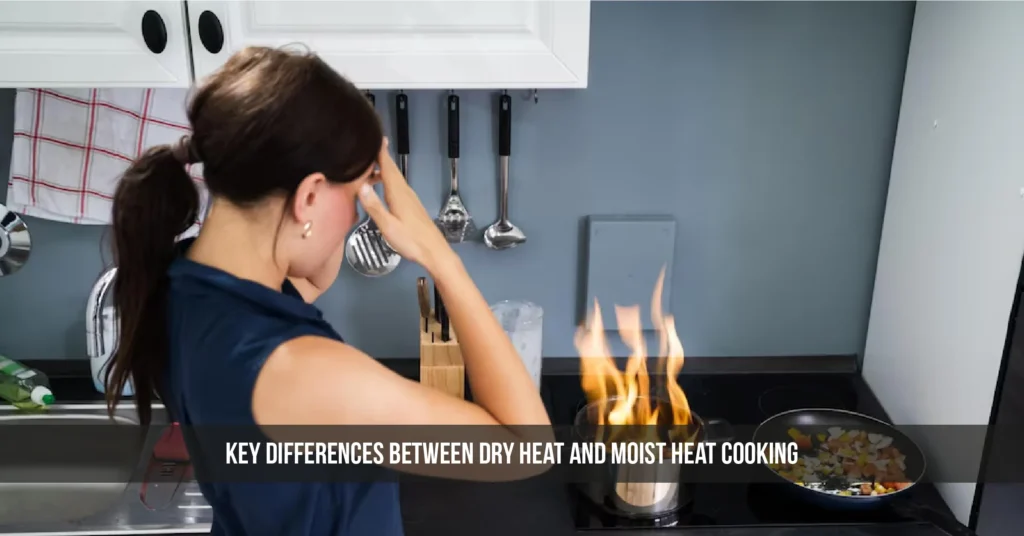
When to Use Each Cooking Method
Choosing between dry heat and moist heat methods depends on the dish you want to create. Here are some guidelines and practical scenarios to consider:
Guidelines for Decision-Making
- Use Dry Heat Cooking When:
- You want to create a browned, crispy exterior.
- Quick cooking is needed for a flavorful sear.
- Working with tender meats, vegetables, or baked goods that benefit from direct heat.
- Use Moist Heat Cooking When:
- You need to tenderize tougher cuts of meat.
- Retaining moisture is crucial for delicate proteins and vegetables.
- You want to infuse flavors slowly by cooking in a flavorful liquid.
Practical Scenarios
- Searing and Then Braising:
A popular technique is to sear a piece of meat using dry heat to develop a rich, caramelized crust, then finish cooking it in a liquid (braising) to ensure tenderness. This approach combines the best of both worlds—flavor and moisture. - Steaming Vegetables:
When you want to maintain the vibrant color and nutrients of vegetables, steaming is a gentle method that avoids the loss of essential vitamins and minerals. It’s a great option for greens, broccoli, and carrots. - Simmering Soups and Stews:
For dishes that require a slow melding of flavors, such as hearty stews or delicate broths, moist heat is the clear winner. The gradual cooking process helps the flavors blend together seamlessly. - Roasting for a Crispy Finish:
If you’re preparing vegetables like potatoes or carrots and desire a crispy, caramelized edge, roasting in the oven with dry heat is ideal. The high temperature not only cooks the food quickly but also creates a delightful texture contrast.
When to Use Each Method
| Situation | Recommended Method | Benefits |
|---|---|---|
| Tenderizing Tough Meats | Moist Heat (Braising/Stewing) | Softens fibers, infuses deep flavors |
| Creating a Crunchy Crust | Dry Heat (Roasting/Grilling) | Develops a crispy, caramelized exterior |
| Preserving Nutrients in Vegetables | Moist Heat (Steaming) | Retains color, vitamins, and texture |
| Quick, Flavorful Searing | Dry Heat (Sautéing) | Fast cooking with rich flavor development |
By keeping these scenarios in mind, you can tailor your cooking approach to suit your ingredients and desired results.
Pros and Cons of Dry Heat vs. Moist Heat Cooking
Every cooking method comes with its own set of benefits and challenges. Let’s explore the advantages and disadvantages of both dry heat and moist heat techniques.
Advantages of Dry Heat Cooking
- Enhanced Flavor:
The high temperatures promote browning, resulting in a depth of flavor that many find irresistible. - Crispy Texture:
Food cooked with dry heat often develops a pleasing crispness on the outside. - Quick Cooking:
Due to the high heat, many dry heat methods cook food rapidly, making them ideal for busy nights. - Versatility in Presentation:
Roasting, grilling, and sautéing can yield visually appealing results that add a gourmet touch to your meals.
Disadvantages of Dry Heat Cooking
- Risk of Overcooking:
High heat can sometimes lead to dry or burnt food if not monitored carefully. - Not Ideal for Tough Cuts:
Foods that require long, slow cooking to break down connective tissue may become tough when subjected to dry heat. - Moisture Loss:
While a crisp exterior is desirable, the interior may sometimes become too dry if the process is not managed properly.
Advantages of Moist Heat Cooking
- Moisture Retention:
Cooking with liquid helps keep foods tender and juicy, especially important for tougher cuts of meat. - Gentle Cooking Process:
The lower temperatures are perfect for delicate proteins and vegetables that might otherwise overcook. - Flavor Infusion:
When you simmer or braise food, the liquid carries flavors deep into the ingredients, often resulting in a richer taste. - Nutrient Preservation:
Methods like steaming help preserve essential nutrients, making them a healthier option.
Disadvantages of Moist Heat Cooking
- Longer Cooking Times:
Because the heat is gentler, moist heat methods often require more time, which might not suit quick meals. - Less Browning:
Without the high temperatures, you won’t achieve the crispy, caramelized texture that dry heat methods provide. - Potential for Blending Flavors Too Much:
In some dishes, the slow melding of flavors can sometimes result in a less distinct taste if the balance isn’t right.
Expert Tips and Techniques
Chef Recommendations
Many seasoned cooks suggest a mix-and-match approach. For example, starting with a quick sear using a dry heat method to create a flavorful crust and then switching to a moist heat method like braising ensures that your dish is both flavorful and tender. Chefs often use this two-step process to create dishes like pot roast or coq au vin.
Cooking Tips for Both Methods
- Temperature Control:
Always preheat your oven or pan. For dry heat cooking, ensuring your pan or grill is hot before adding the food can help achieve that perfect sear. For moist heat cooking, using a thermometer to maintain the correct simmering or poaching temperature is key. - Timing is Everything:
Keep a close eye on your food. Dry heat methods require less cooking time, so be vigilant to prevent burning. Meanwhile, when simmering or braising, a slow and steady pace allows the flavors to meld together harmoniously. - Layering Flavors:
Don’t be afraid to add herbs, spices, or aromatics to your cooking liquid during moist heat methods. This extra step can greatly enhance the overall taste of your dish. - Using the Right Cookware:
Invest in quality pans and pots. A heavy-bottomed pan for sautéing or a well-insulated Dutch oven for braising can make a significant difference in cooking performance.
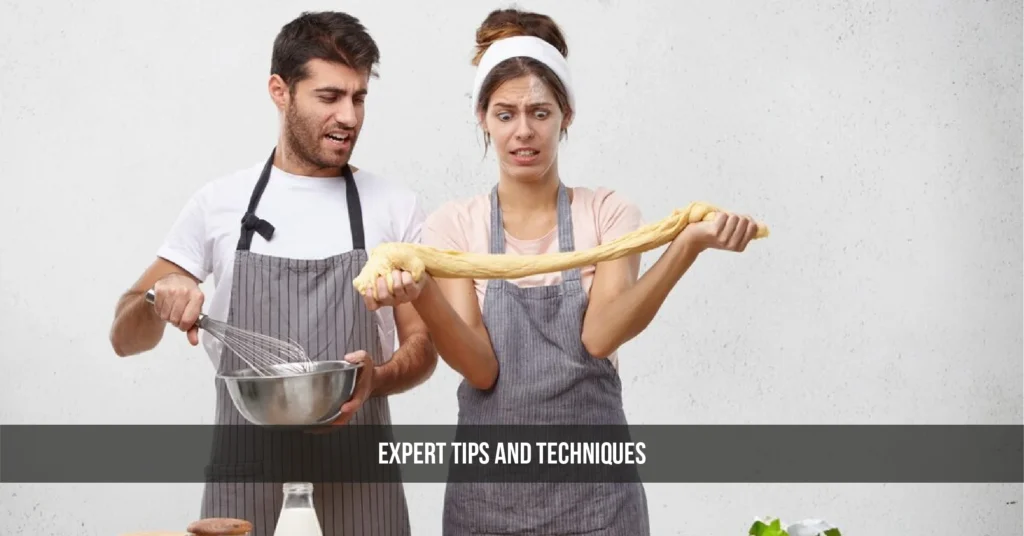
Troubleshooting Common Issues
- Dry or Burnt Food in Dry Heat Cooking:
If you notice that your food is drying out or burning too quickly, try lowering the heat slightly or reducing the cooking time. Covering your food with a foil tent in the oven can also help moderate the heat exposure. - Undercooked or Overly Soft Food in Moist Heat Cooking:
Ensure that your simmering liquid is at the correct temperature. If the food remains undercooked, you might need to increase the heat gradually. Conversely, if the food is turning mushy, it might be a sign that it’s been cooked for too long—adjust the cooking time accordingly. - Balancing Flavor and Texture:
Sometimes a dish might lack depth or have too much liquid. In such cases, try reducing the cooking liquid at the end of the process to concentrate the flavors, or consider adding a finishing sauce or glaze to enhance the taste.
Expert Tips Summary
| Tip Category | Tip Description |
|---|---|
| Temperature | Preheat your pans/ovens and use a thermometer for moist heat methods to maintain steady heat. |
| Timing | Monitor cooking times carefully; dry heat methods cook fast, while moist heat requires patience. |
| Flavor Layering | Add herbs, spices, and aromatics to your liquid during moist heat cooking for enhanced flavor. |
| Cookware Choice | Use heavy-bottomed pans for even heat distribution and quality Dutch ovens for braising. |
Troubleshooting Guide
| Issue | Likely Cause | Suggested Solution |
|---|---|---|
| Food Burns or Dries Out | Excessively high dry heat | Lower heat, shorten cooking time, or cover with foil |
| Food Remains Undercooked | Liquid temperature too low | Increase heat gradually, check with a thermometer |
| Food Becomes Mushy | Overcooking in moist heat | Reduce cooking time, adjust liquid quantity |
| Lack of Flavor Depth | Insufficient seasoning or aromatics | Add herbs/spices during cooking or reduce liquid to concentrate flavor |
These tips have helped many home cooks refine their technique and achieve the best possible results with each method.
Conclusion
In summary, understanding the differences between dry heat and moist heat cooking empowers you to choose the best method for your culinary creations. Dry heat techniques bring out rich, crispy textures and deep flavors through browning, while moist heat methods ensure tenderness and moisture retention, making them ideal for delicate or tougher ingredients. Experiment with both methods—sometimes even combining them—to create dishes that are both delicious and beautifully textured. Happy cooking!
Also Read: How to Blanch Vegetables Like a Pro Chef
FAQs
What exactly are dry heat and moist heat cooking methods?
Dry heat cooking uses hot air, fat, or direct contact to brown and crisp food, while moist heat cooking uses liquids like water or steam to gently cook and tenderize ingredients.
How do these methods affect the nutritional value of food?
Dry heat methods may cause a slight loss of moisture and some heat-sensitive nutrients, but they enhance flavor through browning. Moist heat methods tend to preserve vitamins and minerals better by maintaining the food’s natural moisture, especially when using techniques like steaming.
Can I combine both dry and moist heat techniques in one recipe?
Yes, many recipes start with a dry heat step like searing to develop flavor, then switch to moist heat methods such as braising to ensure the food remains tender and juicy. This combination helps achieve both a flavorful crust and a soft interior.
What are some common mistakes to avoid with these methods?
For dry heat cooking, be cautious of overcooking which can lead to burnt or dry food; for moist heat cooking, avoid excessive liquid reduction that may dilute flavors. Monitoring temperature and cooking times closely helps prevent these issues.
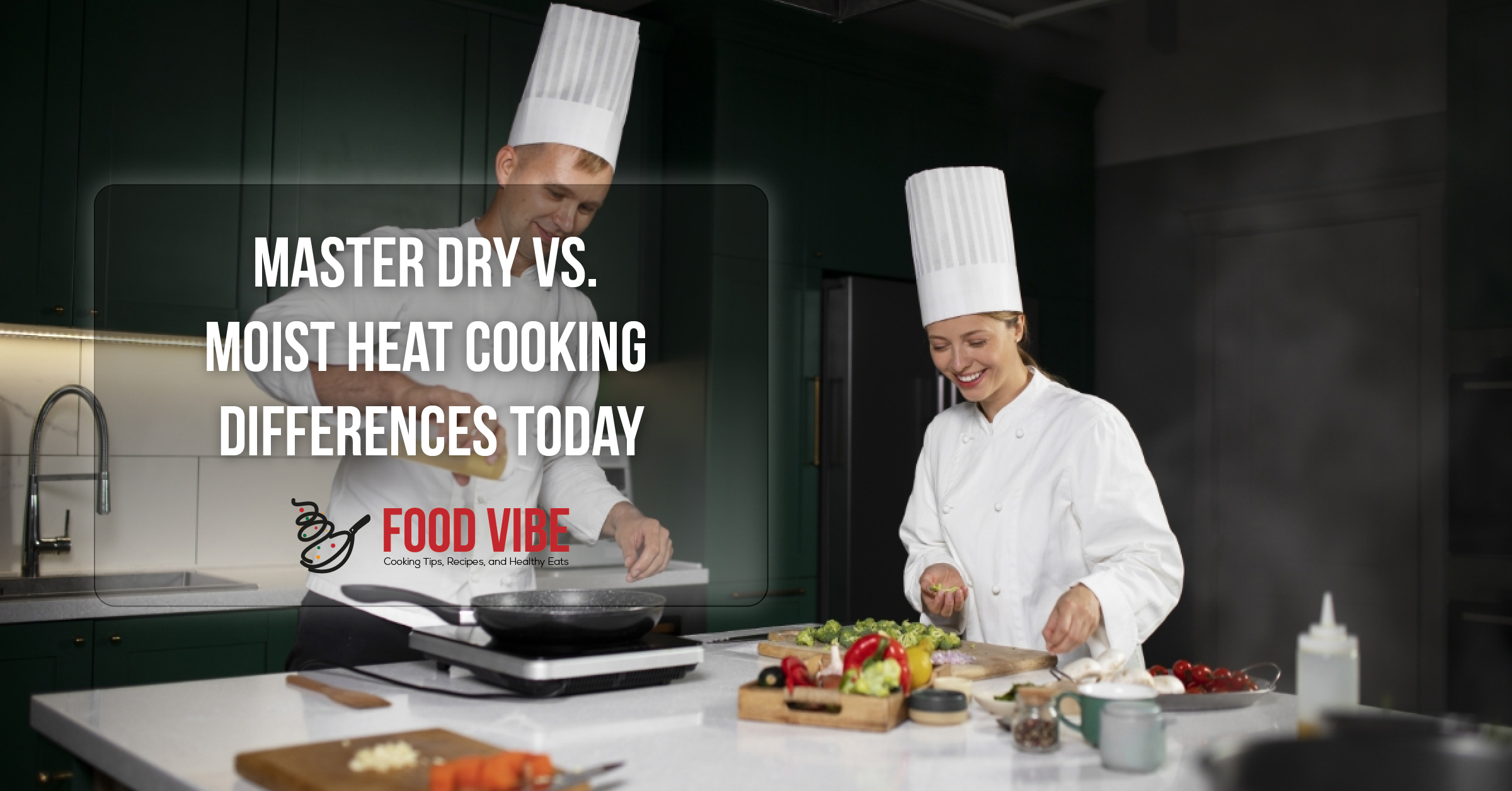
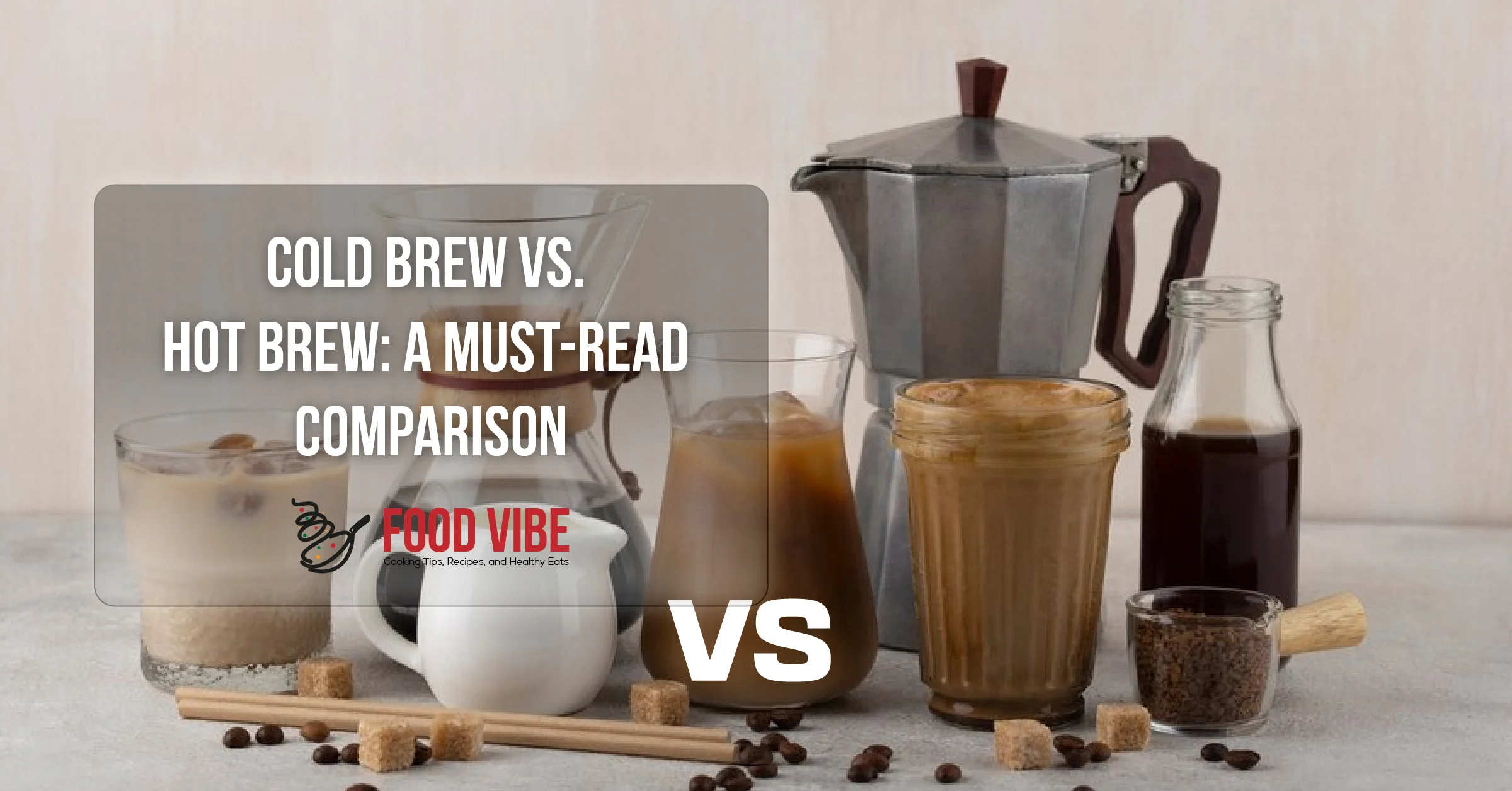
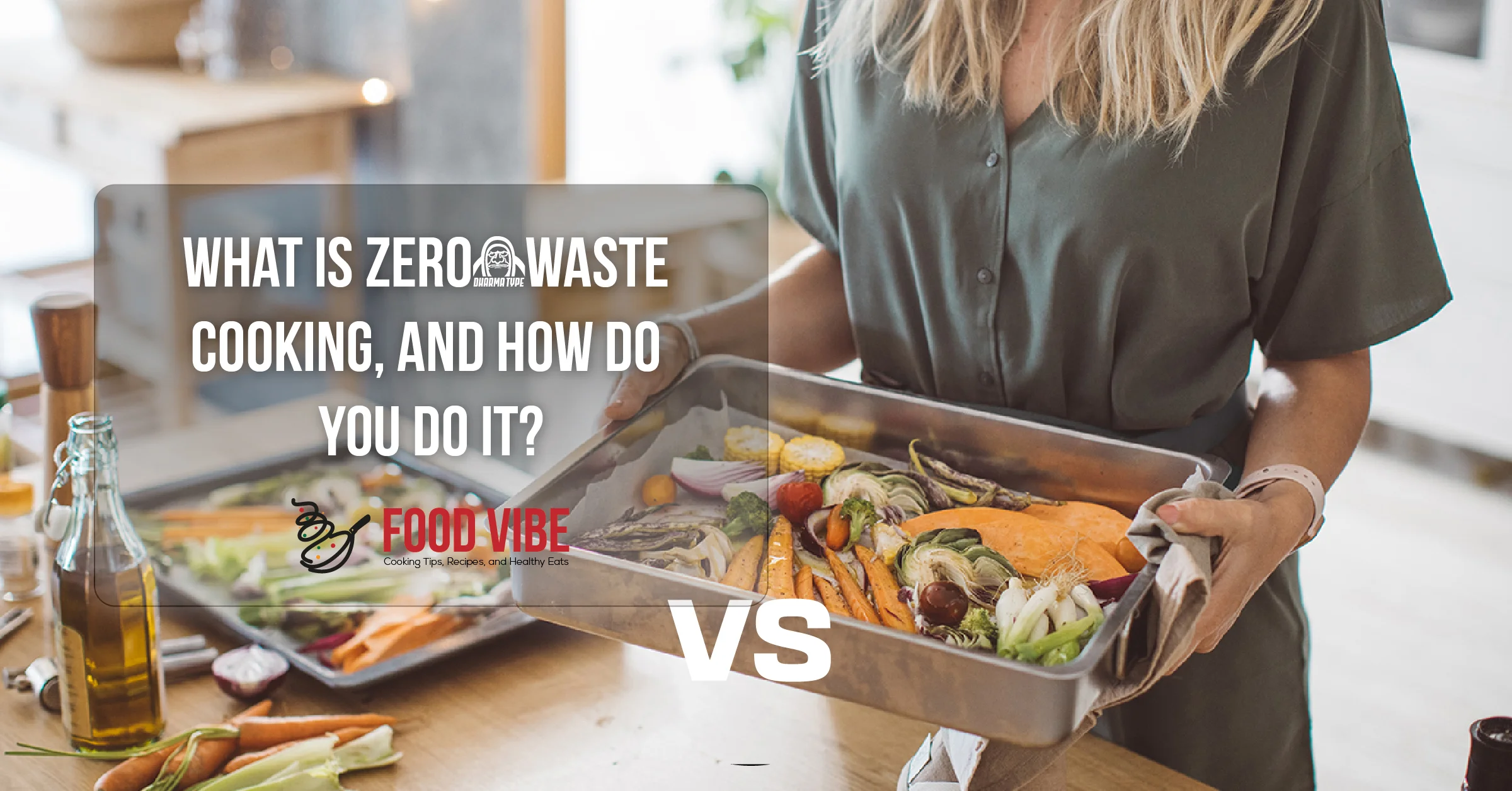
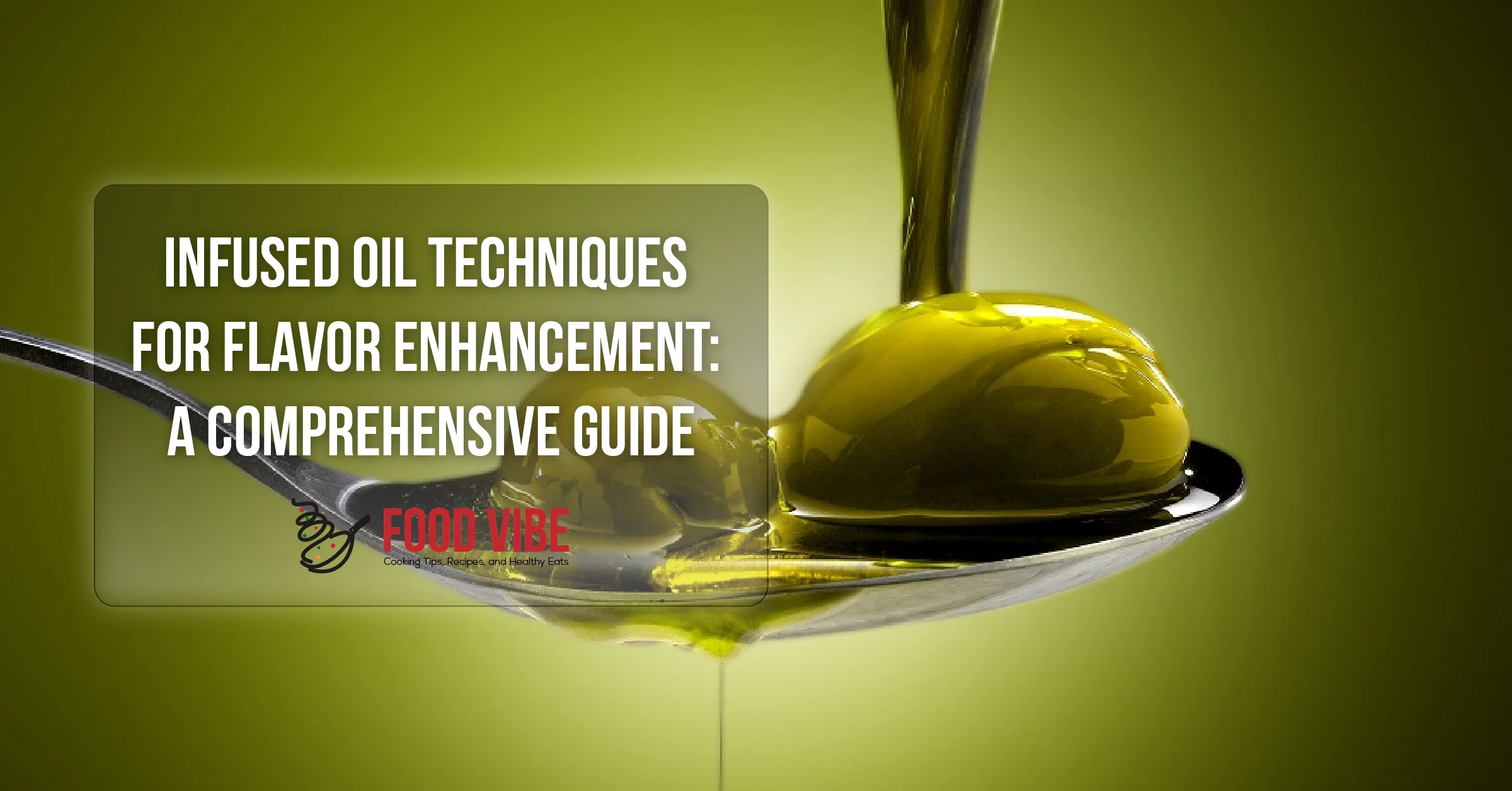


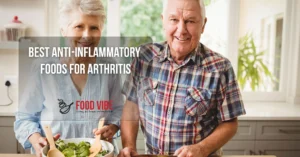

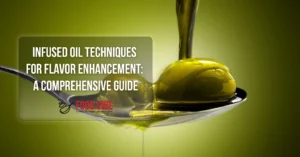
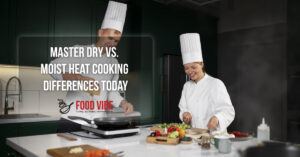

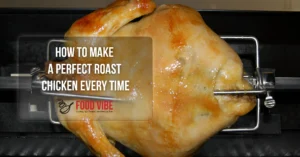


Post Comment